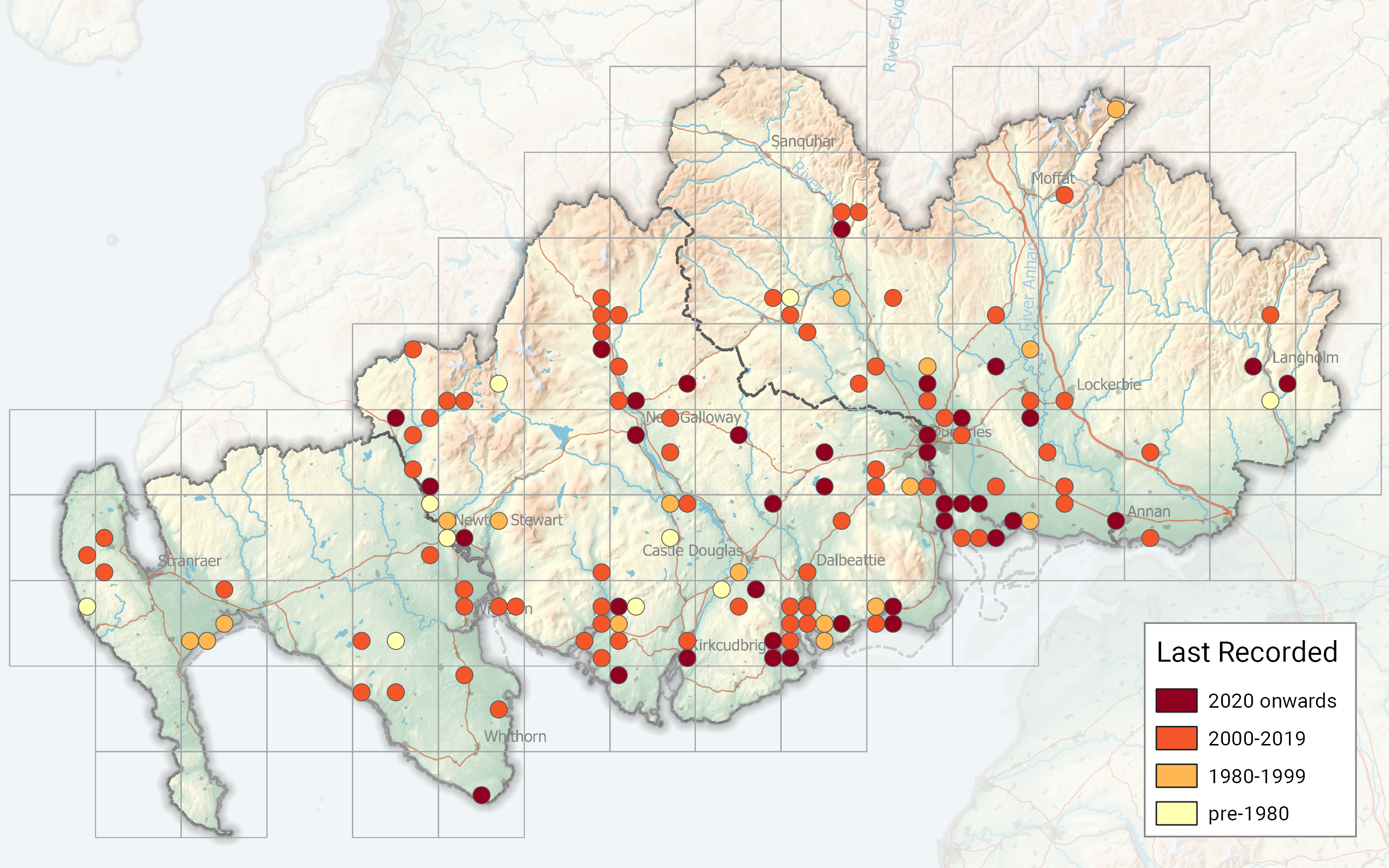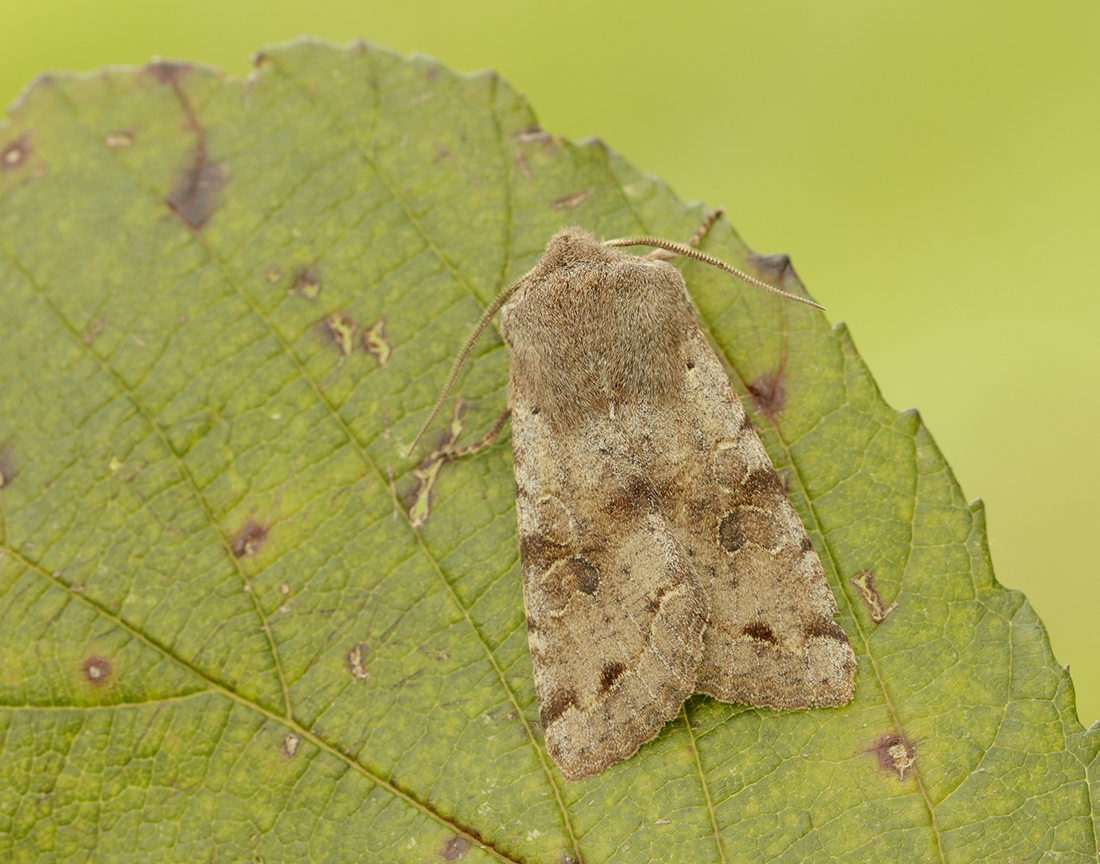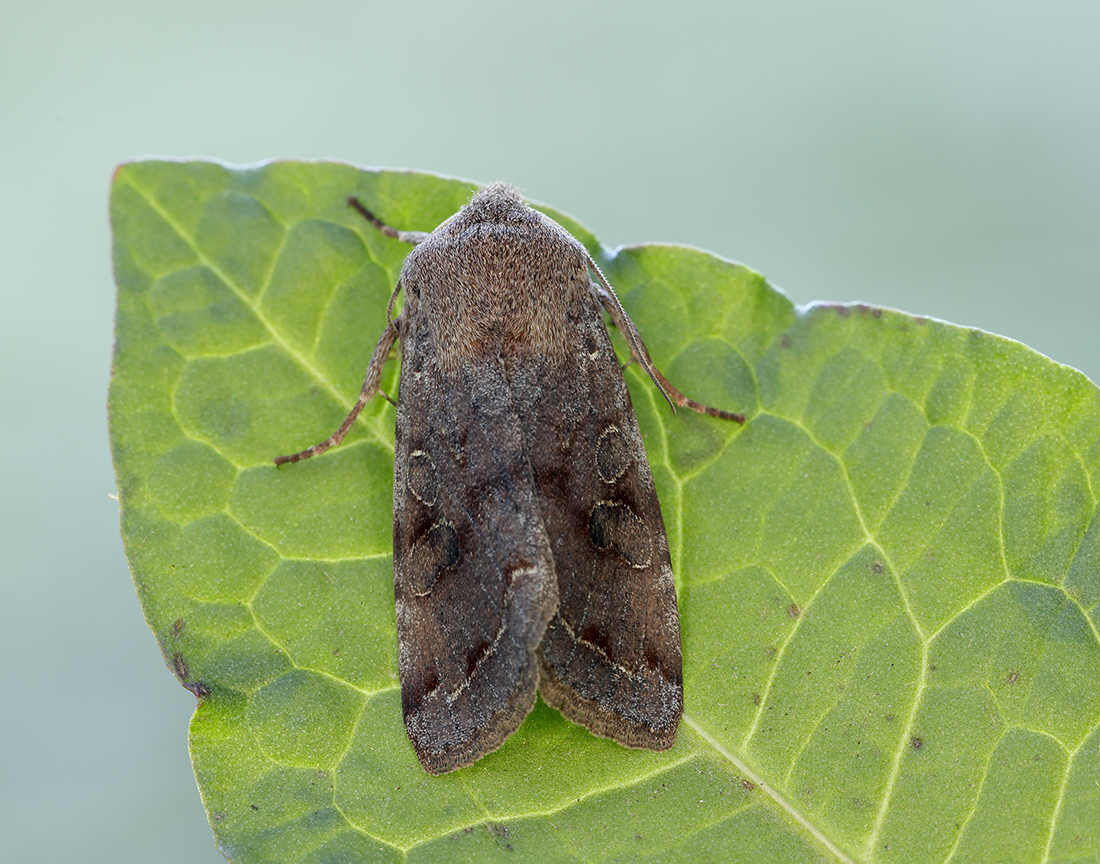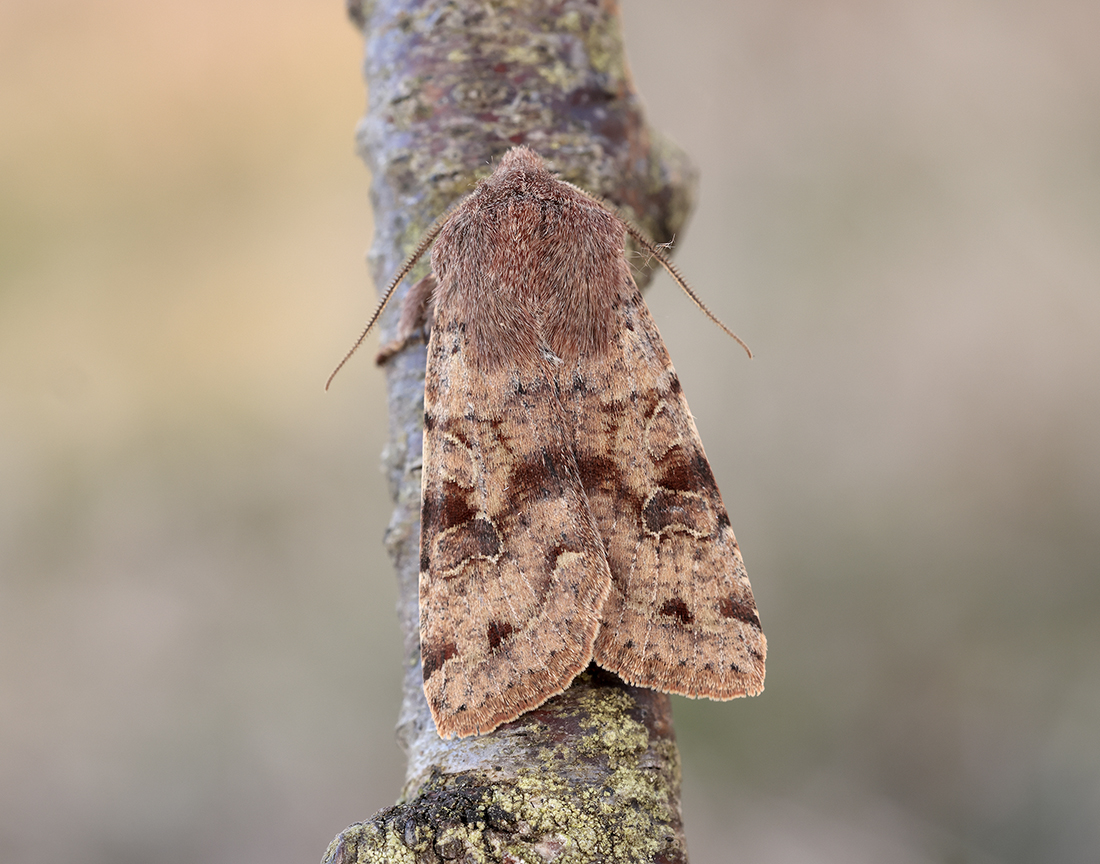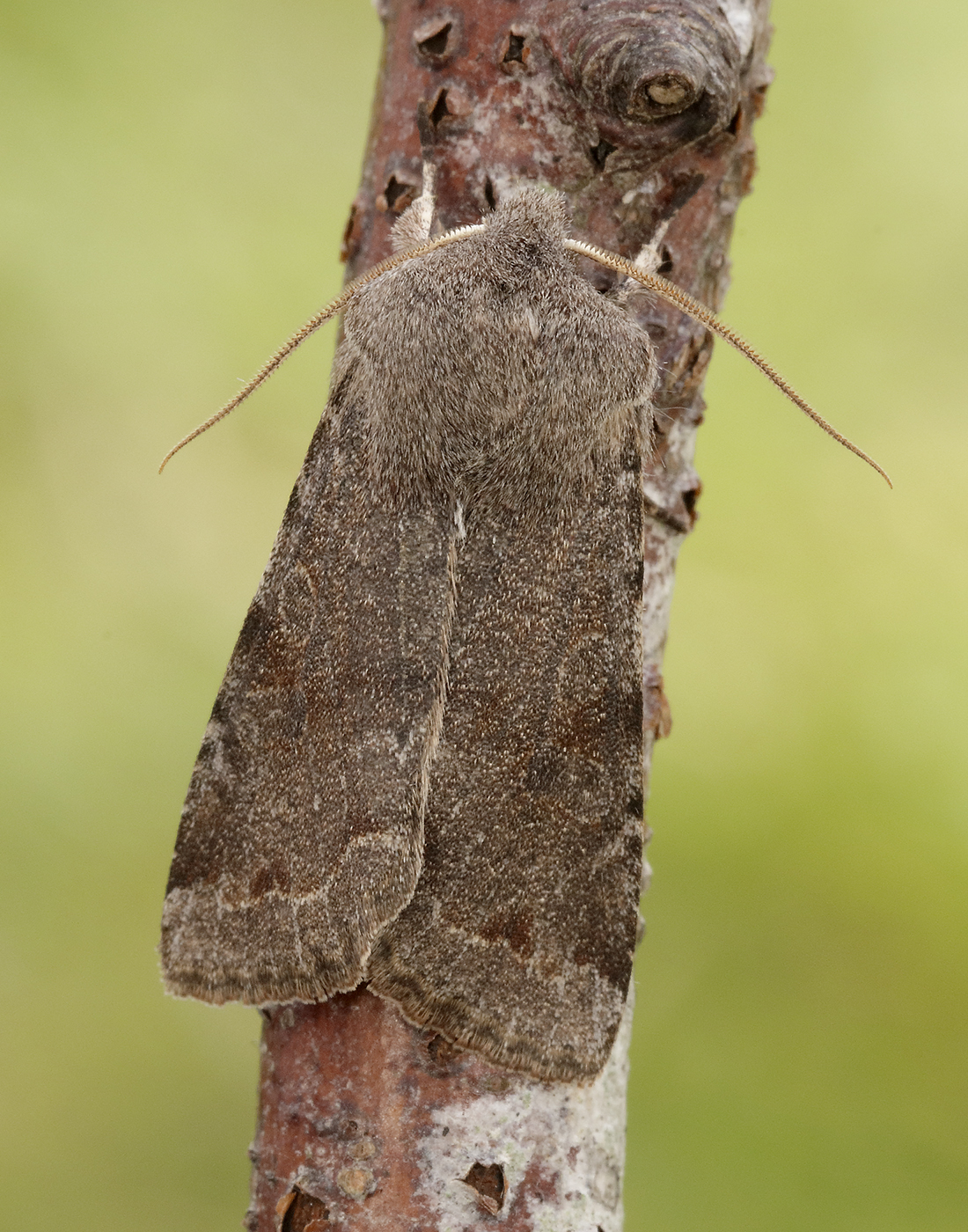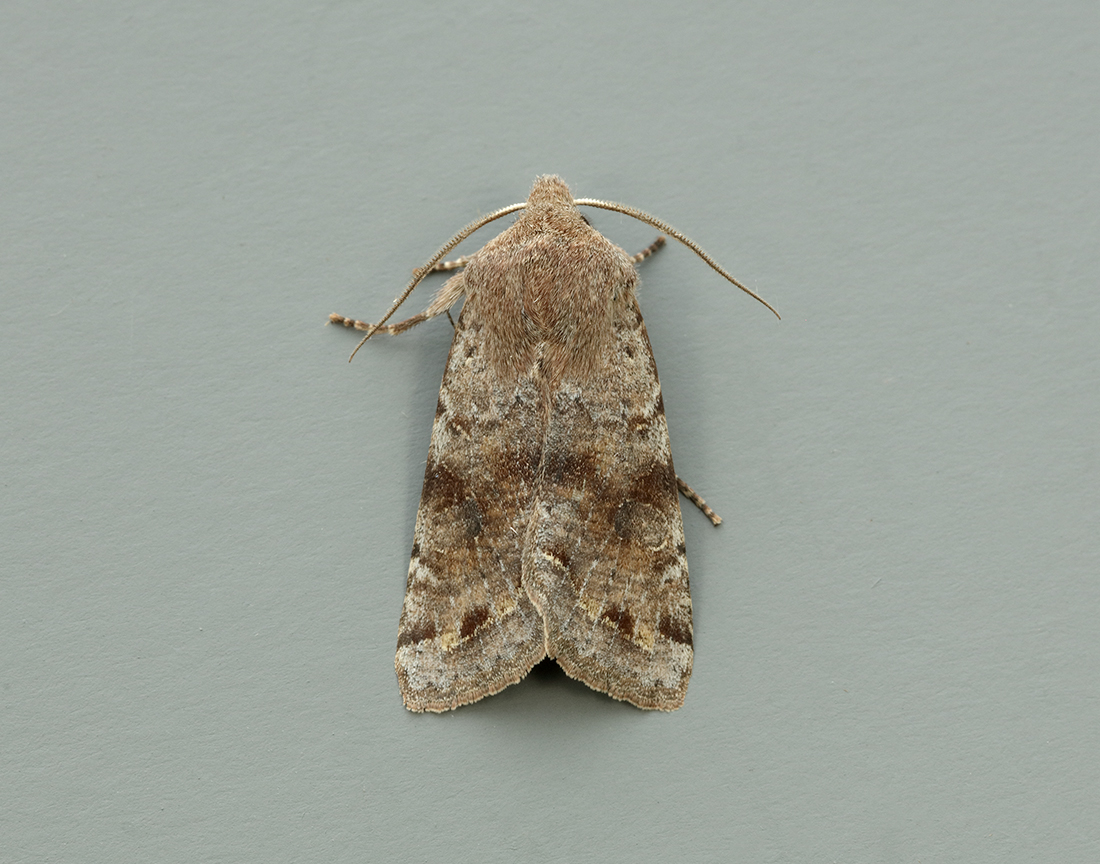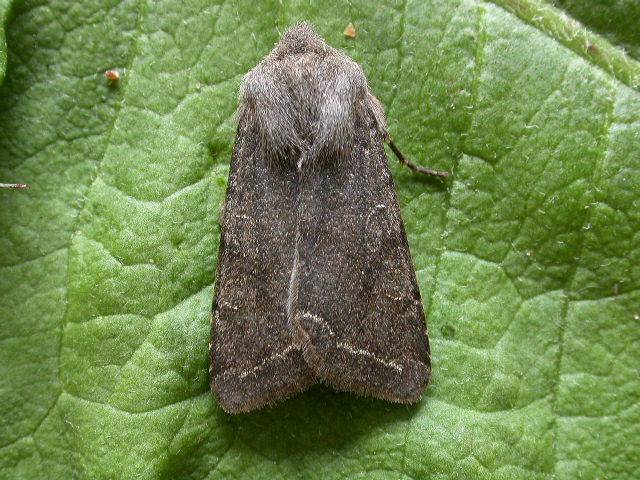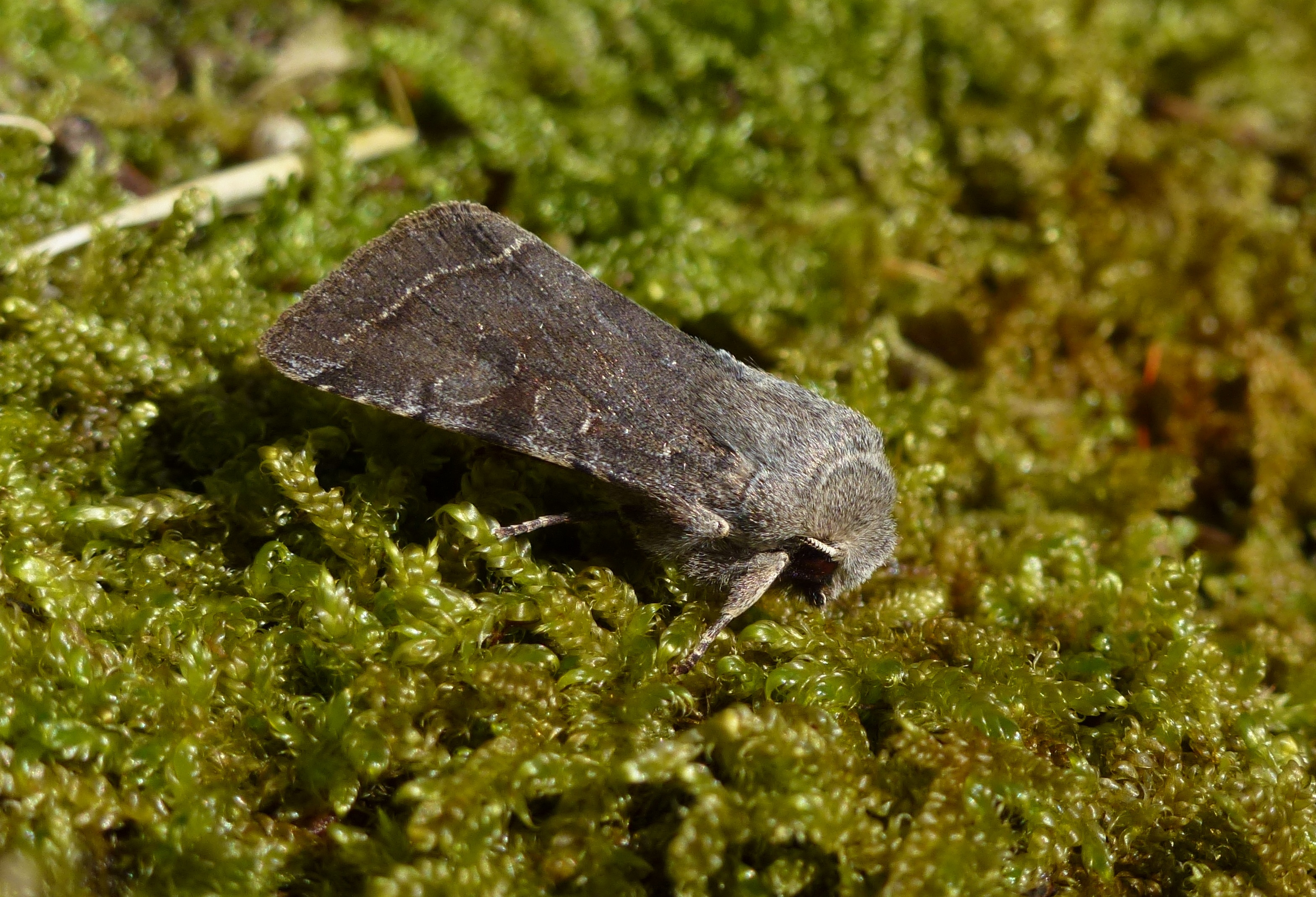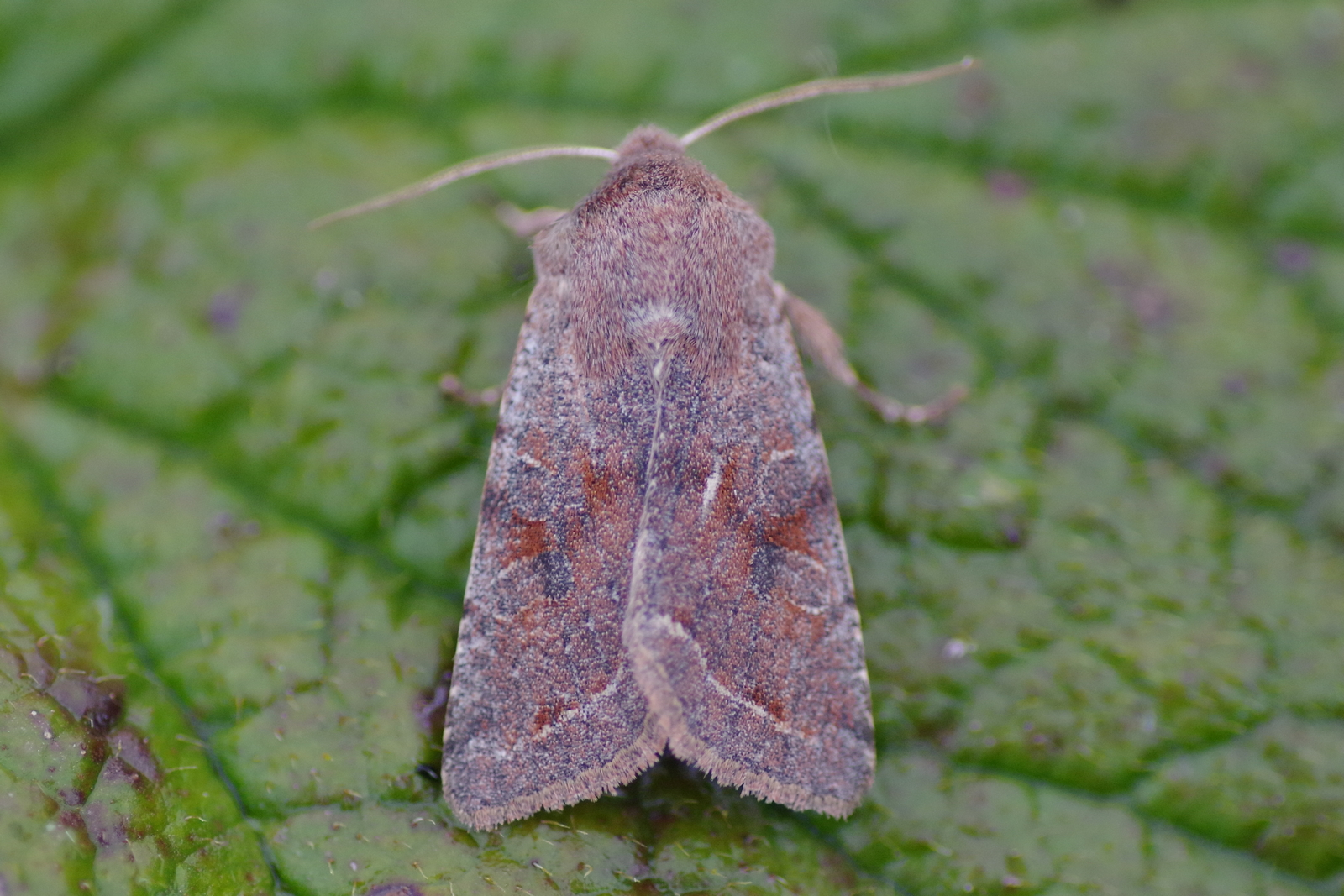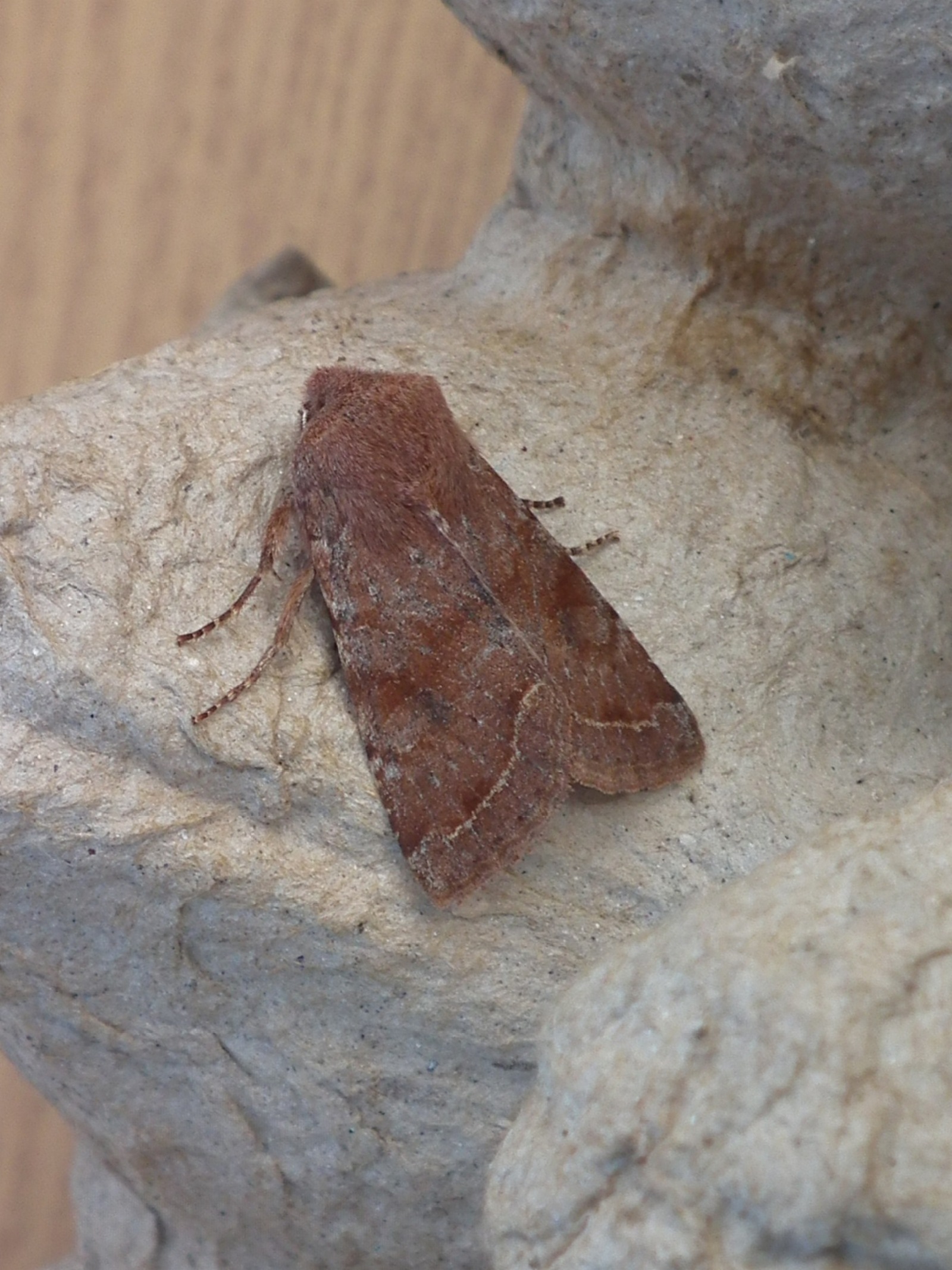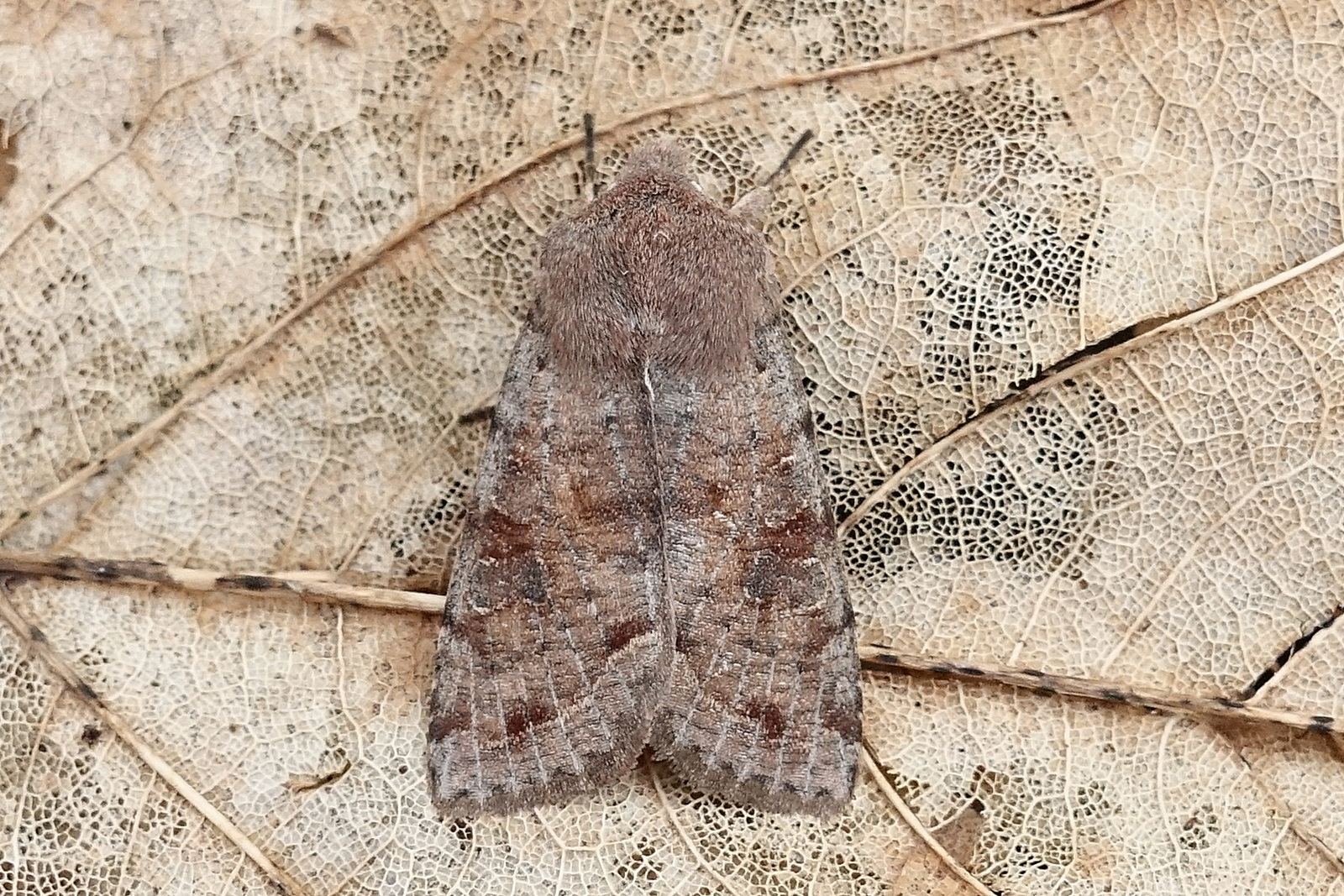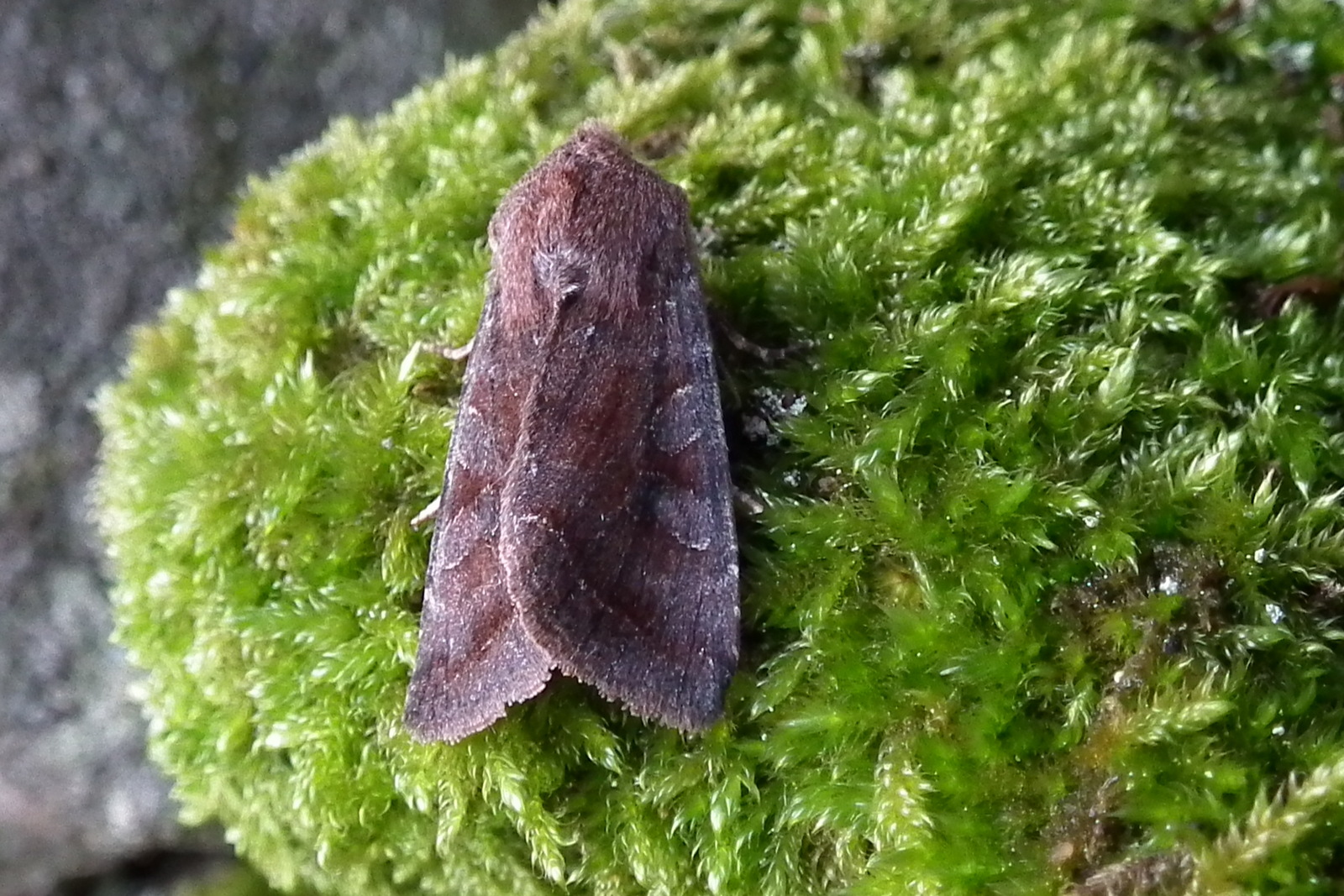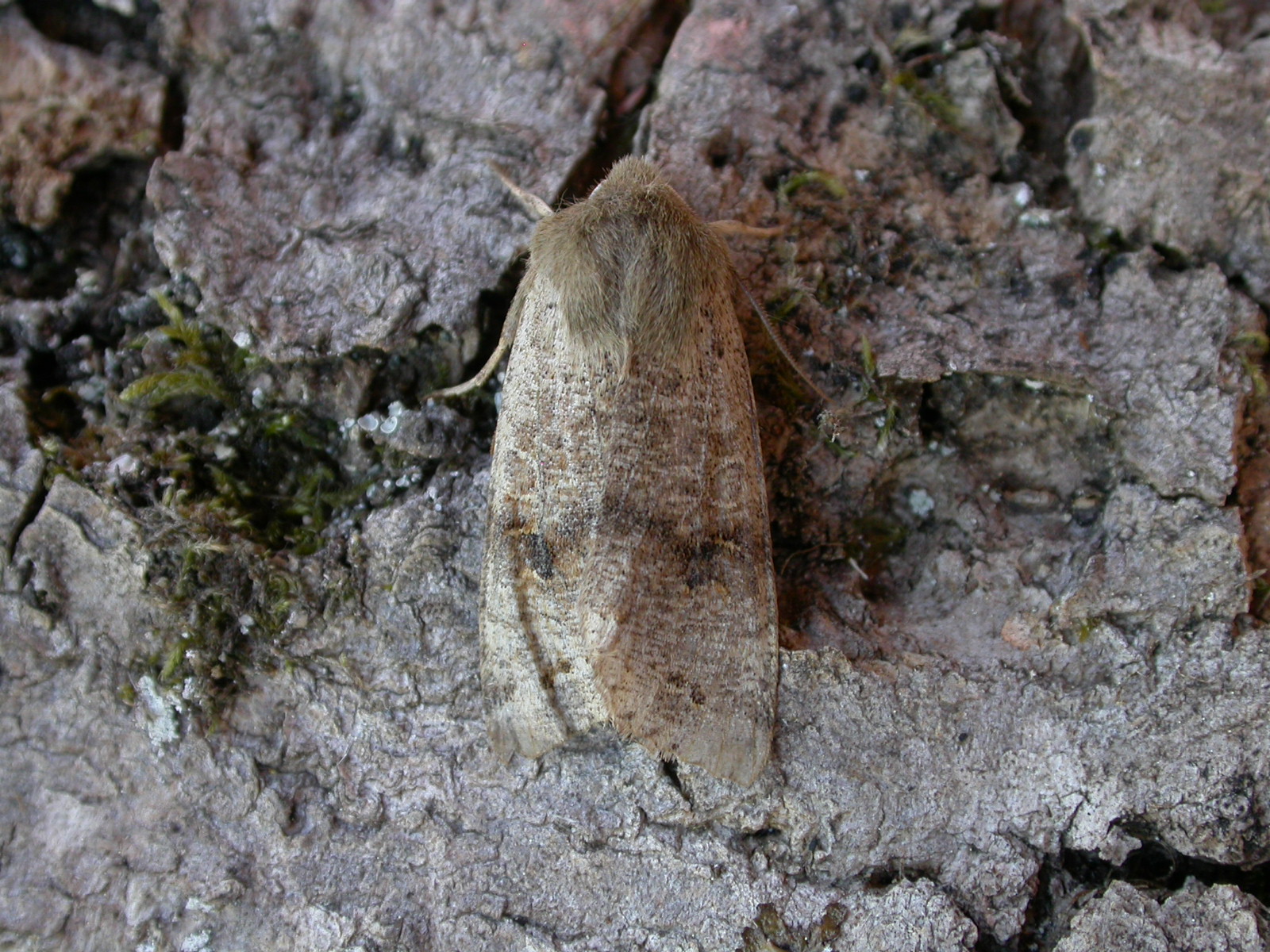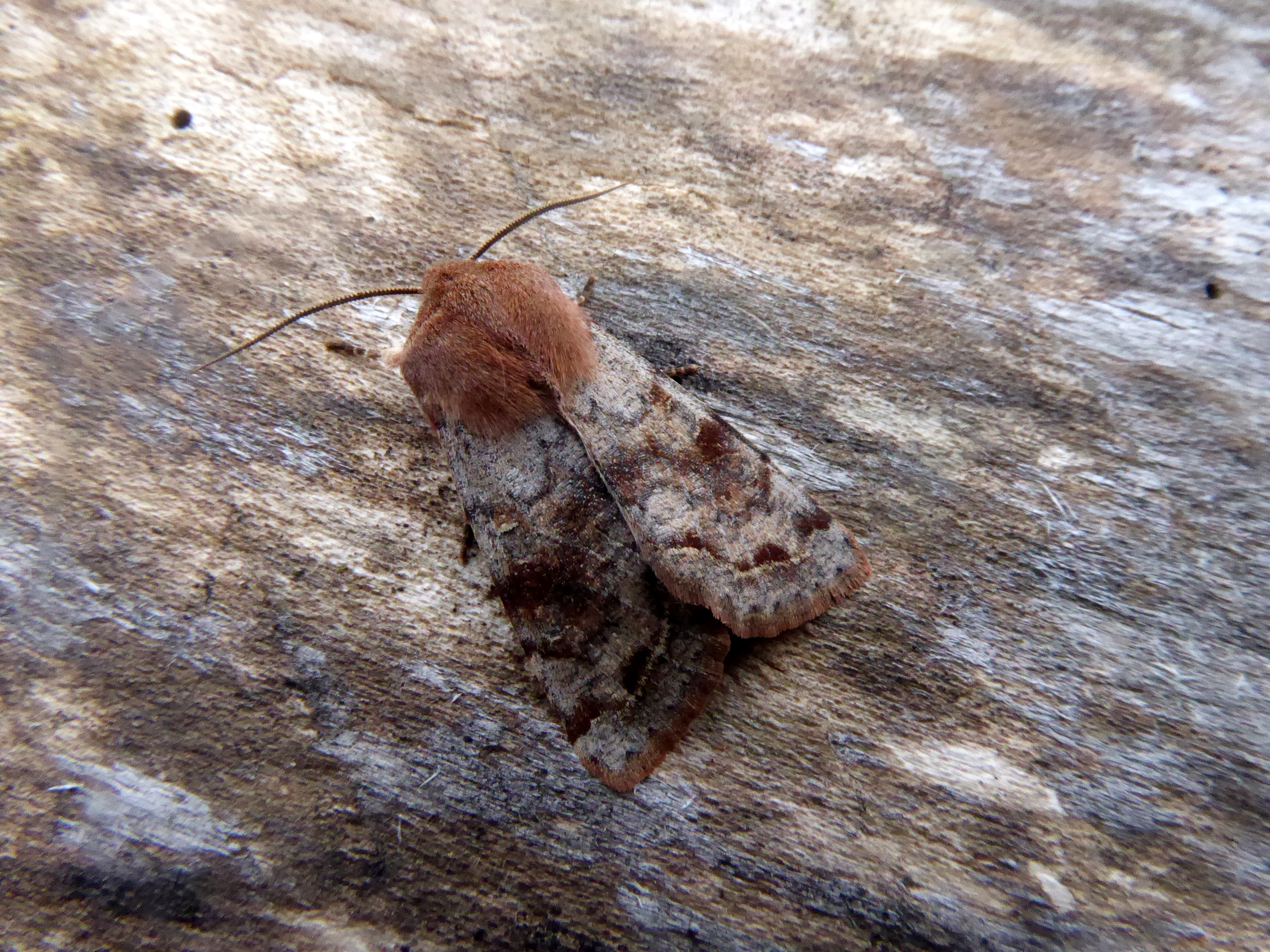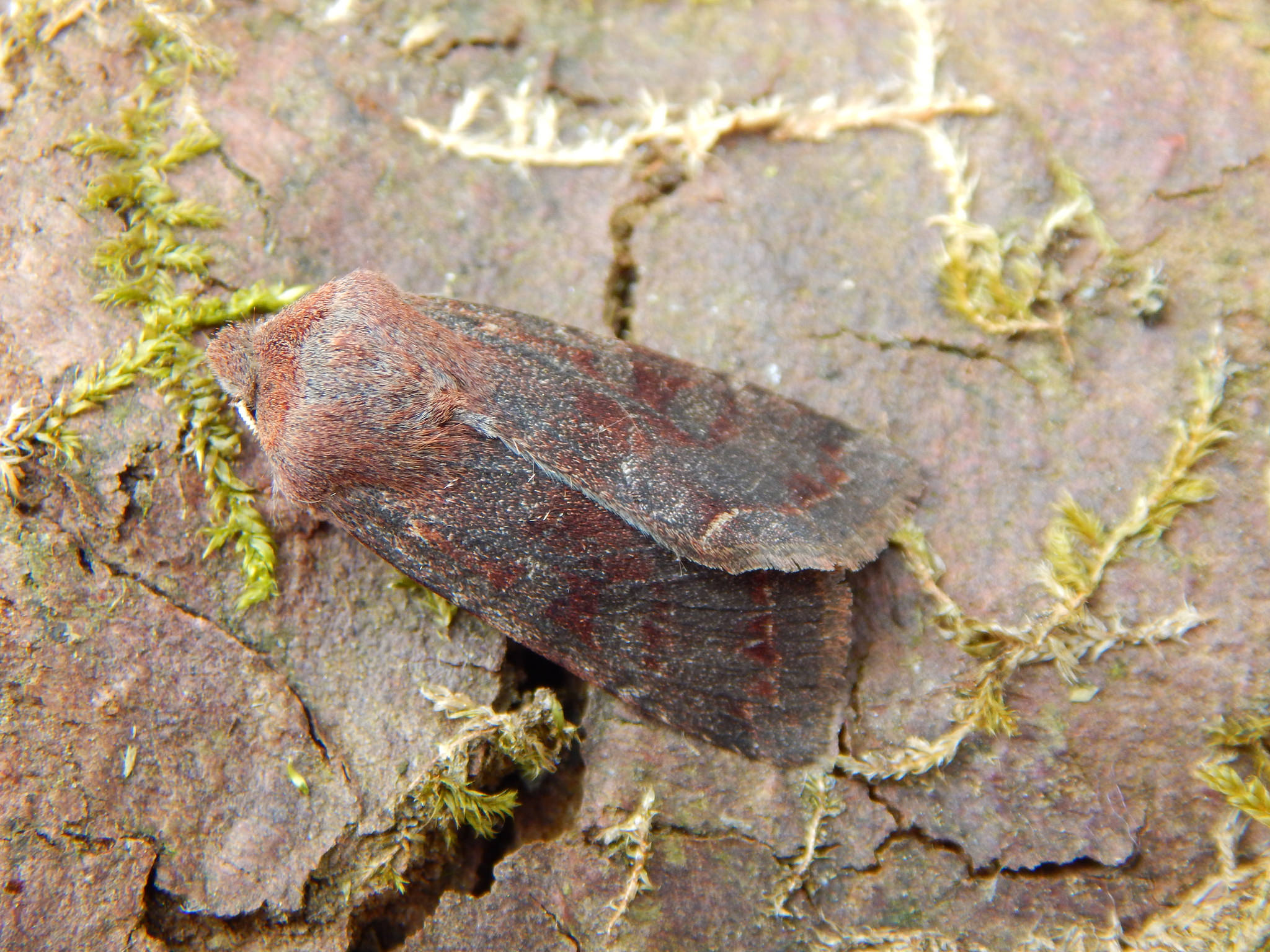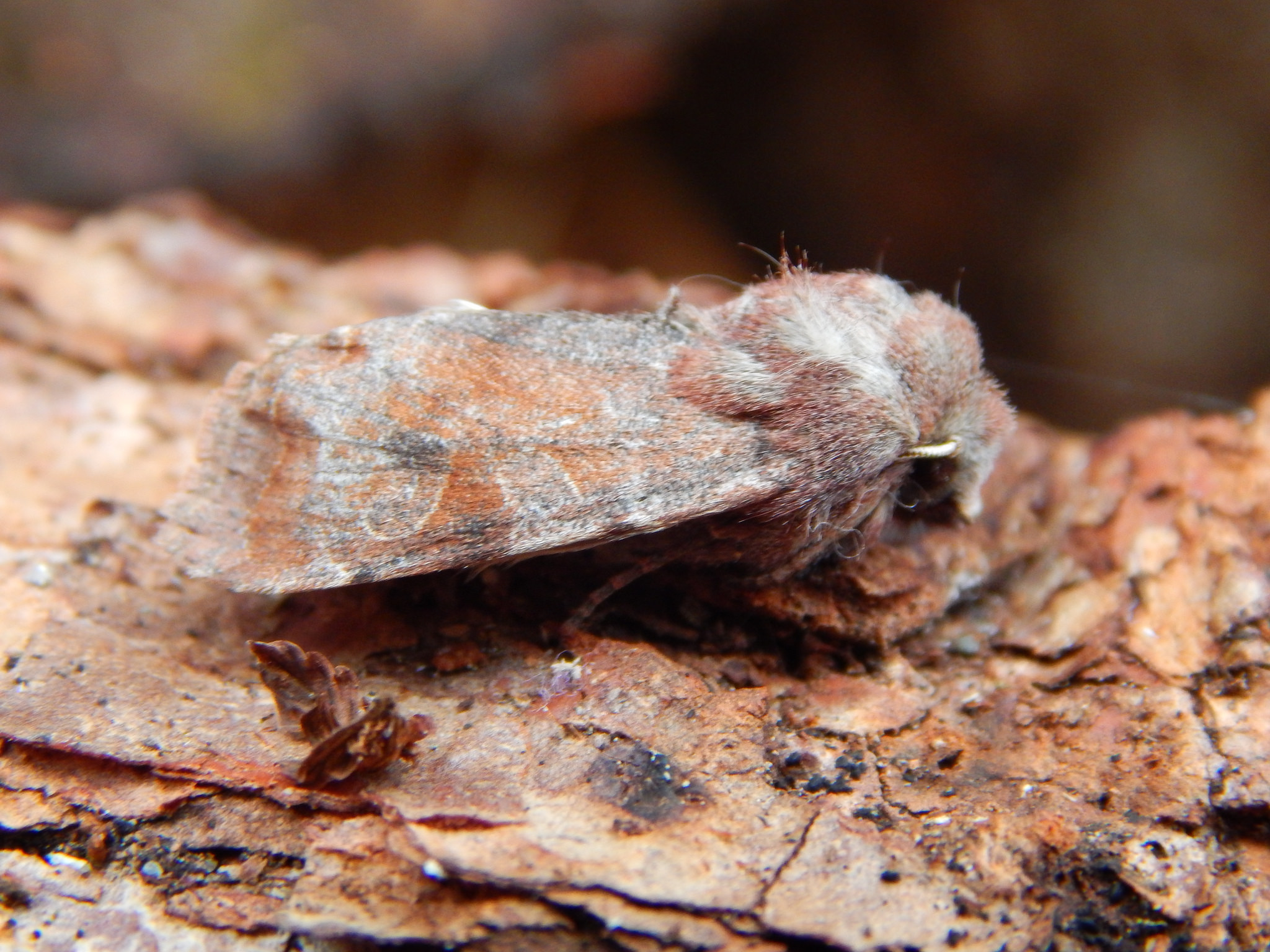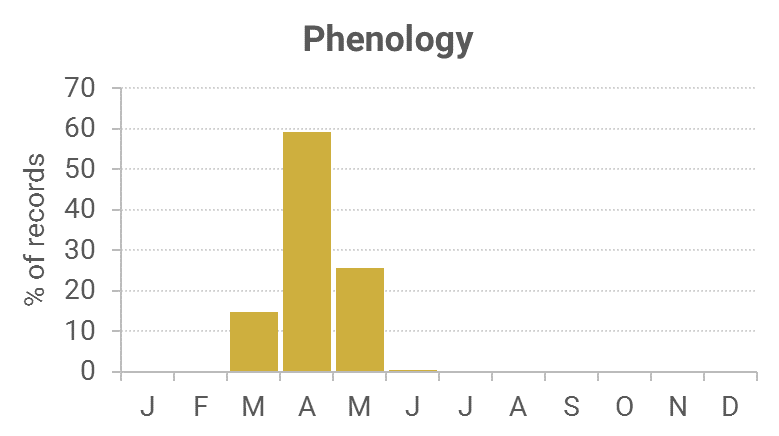Identification
Extremely variable but usually distinctive
Recording Method.
Attracted to light, also comes to sugar and flowers.
Life cycle
One generation. Overwinters as a pupa in an underground cocoon, with the adult fully formed inside. Larvae are present during April to June.
Larval foodplants
Larvae feed on a range of broadleaved trees and shrubs.
Habitat
Wide range of habitats.
History
Lennon (1863) stated it to be common around the Dumfries area. Gordon (1913) stated it to be generally distributed and abundant in Wigtownshire, being extremely variable. It was found at sallow blossom in the Corsmalzie area. Earliest date is 14th March 1912. Additional to MOGBI for VC74.
William Evans in 1914 received specimens from Mowat, the Killantringan lighthouse keeper to aid his insect migration studies. Sir Arthur Duncan (1909-84) during his lifetime had found it at Closeburn, Tynron and Castlehill, Dumfries (all VC72).
During 1974-92 it was regularly recorded at all seven Rothamsted stations. From 1992 to 2010 regular trapping at Kirkton and Durisdeer (VC72), Carsfad near Dalry, Cally Woods, Milton and Mersehead RSPB (VC73) provided many records. Other records came from widespread sites, proving it a very common species.

